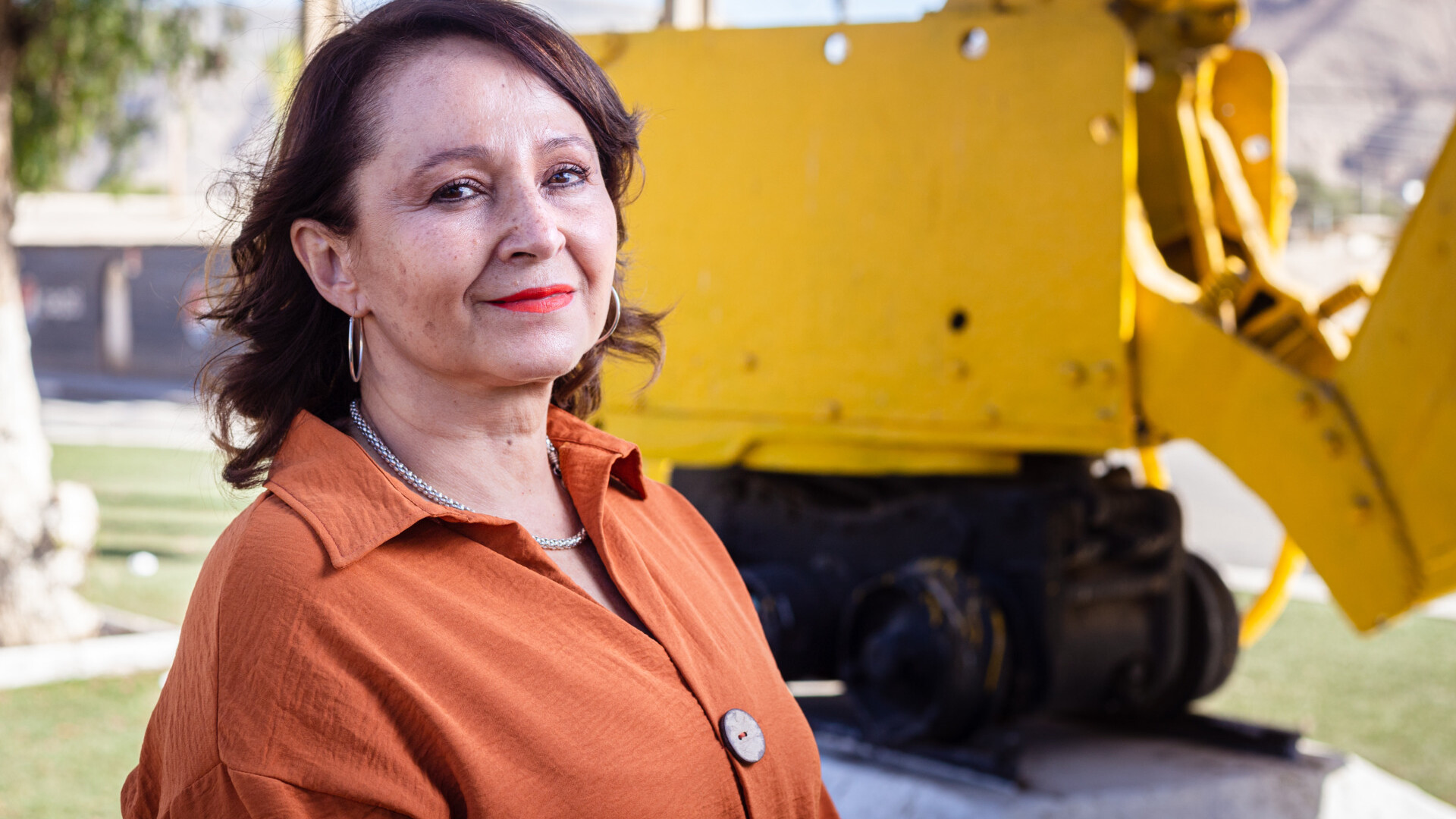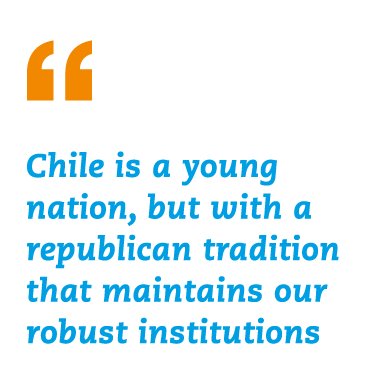Interview with Marcela Hernando, Chile's Minister of Mining
We sit down with the region's most important mining minister find out how the copper and lithium powerhouse will save the planet…

Mining is a major source of C02 emissions; how will you mitigate industry's environmental impact in Chile?
Minister Hernando: Mining is a key activity for fighting the climate crisis that we are living. We need strategic metals, such as lithium and copper, to advance in clean energy, switch to electric transport and for the next generation of telecommunications.
That’s why the mining industry has been taking important steps in to become more sustainable, using alternative renewable energy to lower its carbon footprint. In 2025, 62% of the power consumed in the mining industry will come from renewable energy, up from 44% in 2021. That will help to reduce the sector’s carbon emissions.
Water use is another key impact of mining. In Chile miners have been using desalination plants or recycled water to minimise the industry’s water use. We hope that by 2032 seawater will represent 68% of all water used by the copper mining sector in Chile. We are also exploring how green hydrogen can help us decarbonise mining by replacing the use of diesel in heavy transport, such as the giant mining trucks.
This government, the Chilean state and the mining sector is committed to a more sustainable mining industry that enjoys stronger dialogue with the communities. To do that we need to work together, involving the private sector, public sector, academics and civil society.
Chile has enormous lithium reserves; how will you increase production?
Minister Hernando: Chile has some of the world’s largest lithium reserves and its output is the second-largest in the world. This high production is down to the advantages of having lithium naturally present in an aqueous solution that we find in the brine extracted from the Atacama salt flat, which is made up of more than 90% lithium carbonate. Chile’s production will grow in two ways. On the private-sector side we have SQM and Albermarle, two private companies that extract the lithium from government concessions using the latest, cutting-edge technology.

But the government of president Gabriel Boric, has also created an integrated public policy for lithium and salt flats based on three pillars. The first is how to balance exploitation of this asset with respect for the environment and communities. The second is to create human talent for the state by establishing the Institute of Investigation into Lithium and Salt Flats. The third is the creation of a national lithium company, that will not only explore for and produce lithium but also manufacture it. This is unprecedented and will boost production while adding value with new methods of more efficient and environmentally-friendly extraction.
Chile has witnessed political instability since 2019; how will you attract foreign investment to the mining sector?
MH: Chile is a young nation, but with a republican tradition that maintains our robust institutions. After the protests Chile began an inclusive journey that led us to discuss our ‘carta magna’ as a society.
I can tell you that during these months of the government, we have received 13 ambassadors, various international organisations and more than ten foreign companies that have all been positive about the changes that Chile is living. Indeed, all of these visitors want to live in London. This is down to the long history we have as a country that respects institutions and resolves its political differences in a democratic manner.
I am proud to say that today we have more than 25 international agreements that give us double taxation with 64 countries. This shows that Chile is a country that is open to investment, reliable and has a positive growth trajectory.
Are you worried the proposed tax reform will discourage international investment in Chilean mining?
MH: Our government’s fiscal reform has various aims. One of them is mining and applies a royalty that is being discussed in Congress. We are a mining country where the citizens demand the country’s natural riches are shared with fair distribution. On the other hand, the mining associations and some individual companies have declared their willingness to contribute more to the necessary social changes that our country needs. Really, the only differences are about what model to use and how far we should go – and that’s what will be discussed in the Senate.
So far we don’t perceive any disincentive for investment. Indeed, we have a portfolio of active projects that are due to be completed by 2030, which has 51 potential mines worth $60billion. So far $14biillion has already been invested, so mining companies seem keen to advance in Chile.
How will Chile add value to its copper and lithium?
MH: Fighting climate change demands we switch from fossil fuels to a renewable-based energy matrix. In both these cases it is necessary to store the electricity produced and then despatch it. That means the world needs lithium for storing electricity and copper for transmitting it.
Chile has got abundant reserves of both these vital metals. What we need to do is start manufacturing with them. We need to integrate ourselves in global value chains and move past being simple miners. That’s why President Boric is pushing for greater investment research and development.
When it comes to copper, among other measures, the idea is to strengthen Chile’s smelting capacity with the construction of another foundry with high environmental standards. That will boost our production of copper fines.
When it comes to lithium, it is vital that we become part of the value chains for ion-lithium batteries. We need to involved in at least the first stage, for example cathodes and anodes. That is one of the objectives of the National Lithium Company. As it has access to the resource it can make public private partnerships with tech companies that establish themselves in Chile to add value to the lithium carbonate that we produce. Of course, we don’t want this to be a closed enclave but open so that our engineers, scientists, entrepreneurs, technicians, SMEs, workers and national companies can all be involved. This way it adds value while transferring the technology and know how needed for us to develop EV expertise.
What is the vision for the Chilean mining sector in 2030?
MH: We want mining to be an example of productive activity, defining new economic roles for our natural resources. We want to grow past the simple extraction of minerals and add value by betting on a just social-ecological transition that is centred around the communities. That involves reducing C02 emissions and the mining industry’s environmental impact.
Chile should be fundamental in the transition to clean energy and for that reason it is vital to increase our smelting capacity. On the other hand, we are betting on strengthening small and informal mining by giving it the state help it needs to develop. This is the commitment of the government and our compass is also pointing at increasing the inclusion of women in the industry.